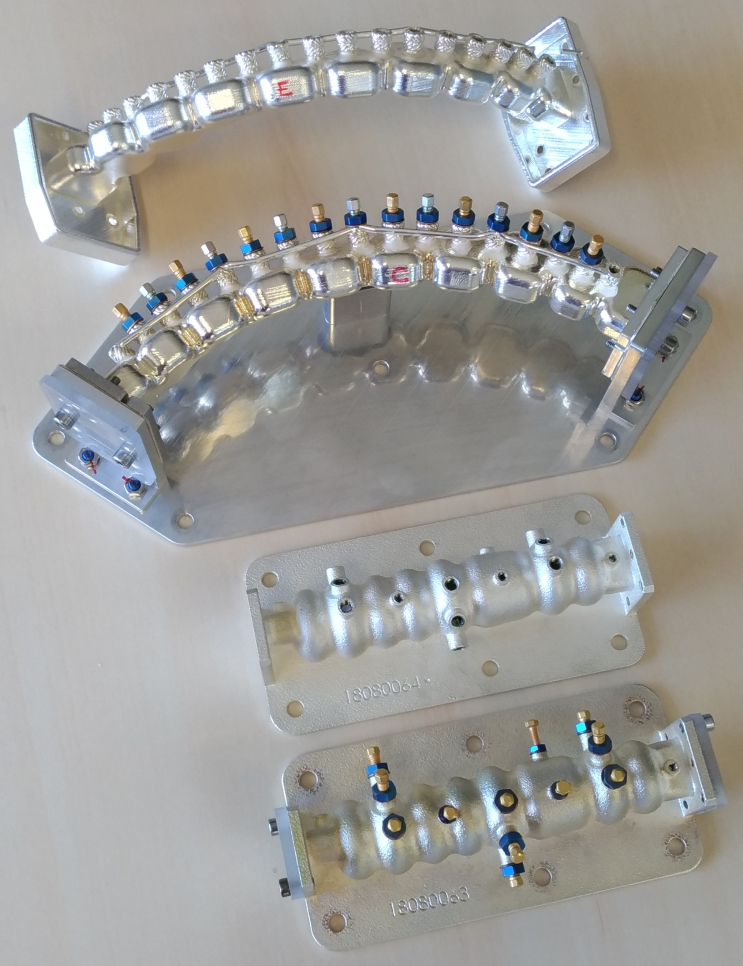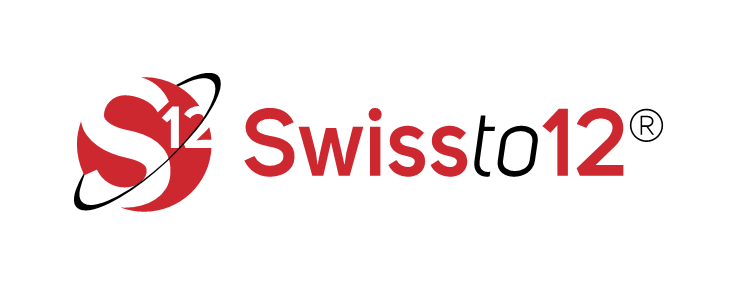
-
StatusOngoing
-
Status date2019-09-05
-
Activity Code5C.278
The project aims at combining the capabilities of additive manufacturing with electroforming to offer a viable alternative in the manufacturing of RF passive components such as Ka band filters. These particular filter components have among the highest mechanical tolerance and surface roughness requirements. Furthermore, these components show quantifiable RF response to environmental changes (temperature, vibrations, stress…), as well as high power RF (PIM), which can be used as a precise tool to evaluate the stability of an employed manufacturing technology with respect to space relevant environmental conditions. The aim of this study is to demonstrate the successful performance and resistance to space relevant environmental conditions of components featuring:
- Lower costs (at least 25% cheaper)
- Lower lead time (at least 25% shorter)
- Increased flexibility in manufacture-able RF designs
- Mass savings

- Additive manufacturing of a mandrel
- Mandrel post processing
- Mandrel conductivizing
- Electroforming
- Mandrel removal
- Interfaces machining
- Additive manufacturing of the skeleton in Aluminium
- Surface preparation by chemical means to ensure good adhesion of metal plating
- Electroless plating of the component with a sufficient thickness (depending on the skin depth) in order to become RF functional.
The benefits from additive manufactured RF hardware are numerous: increased design flexibility, significant mass reduction, potential cost reduction for low to medium volume production, reduced lead time (typically 4-6 weeks), possibility to replace complicated assemblies of multiple parts with a single monolithic component (or an assembly with much less parts), improved RF performance due to the possibility to implement advanced designs that are impossible to manufacture with conventional subtractive fabrication methods.
- High Power Ka band ODMUX operating at 20 GHz and needed in high volumes
- Ka band CMUX (low power, dual mode) operating at 30 GHz and needed in high volumes
Project has been completed/developed from Feasibility Study to Demo.




